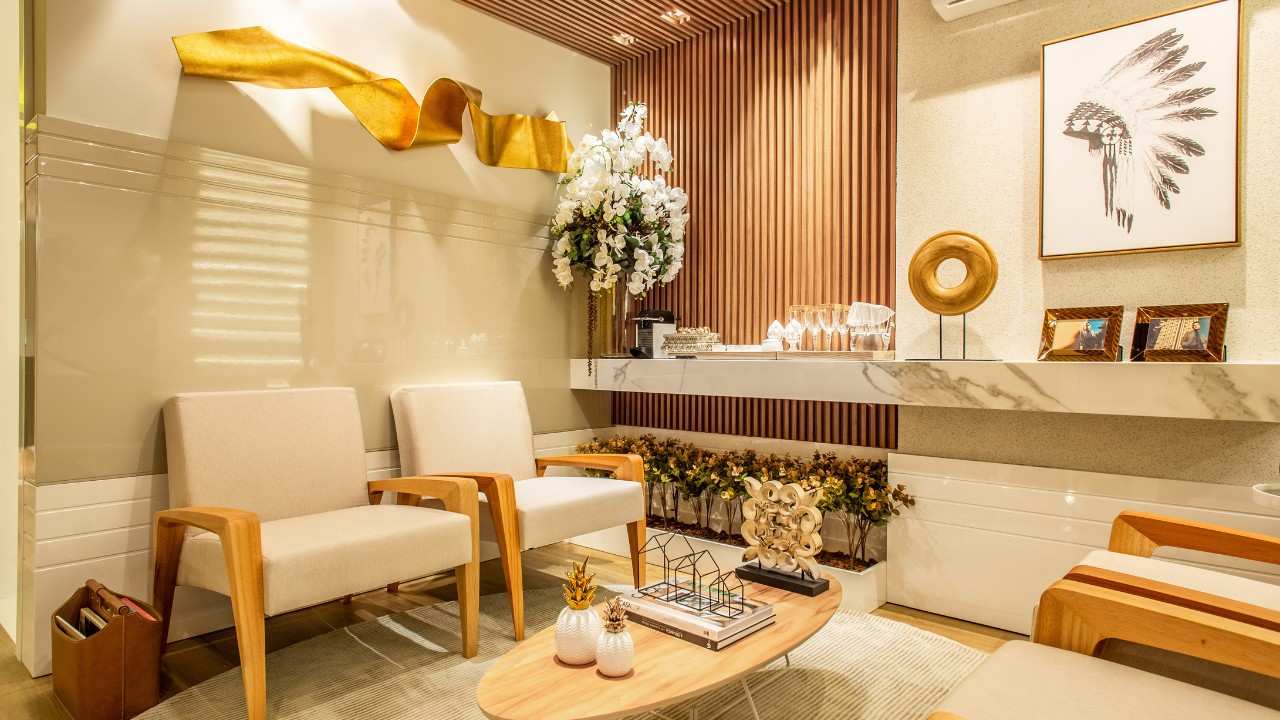How to Design a Kid-Friendly Home? Here’s Our Experts’ Tips
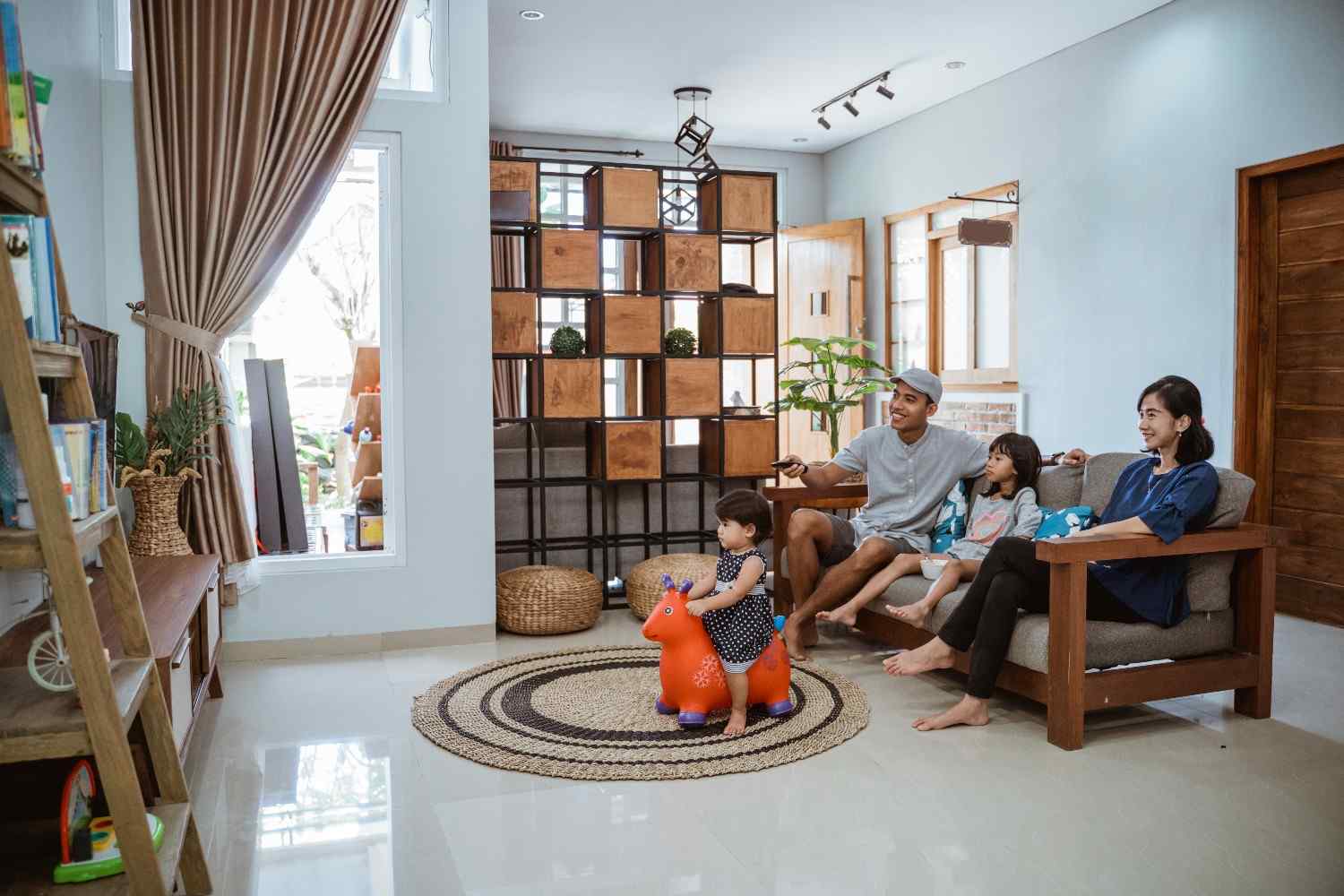
Developing a kid-friendly home doesn’t mean you have to sacrifice fashion, luxury, or comfort. In fact, a well-designed own family blends safety, capability, and aesthetics so that each kid and adult can enjoy the space. Whether you’re designing your first home or remodeling one with children in mind, this complete guide will walk you through everything you want to understand to make your home secure, useful, and delightful for your infants.
Why Do You Need Kid-Friendly Home Design?
A Youngsters are clearly curious and active. A home that isn’t designed with them in mind can quickly emerge as an area of stress, clutter, and capability dangers. A kid-friendly layout guarantees:
- ✔ Safety from injuries
- ✔ Encouragement of creativity and independence.
- ✔ Easy maintenance for parents.
- ✔ A comfortable and engaging space for kids to grow up.
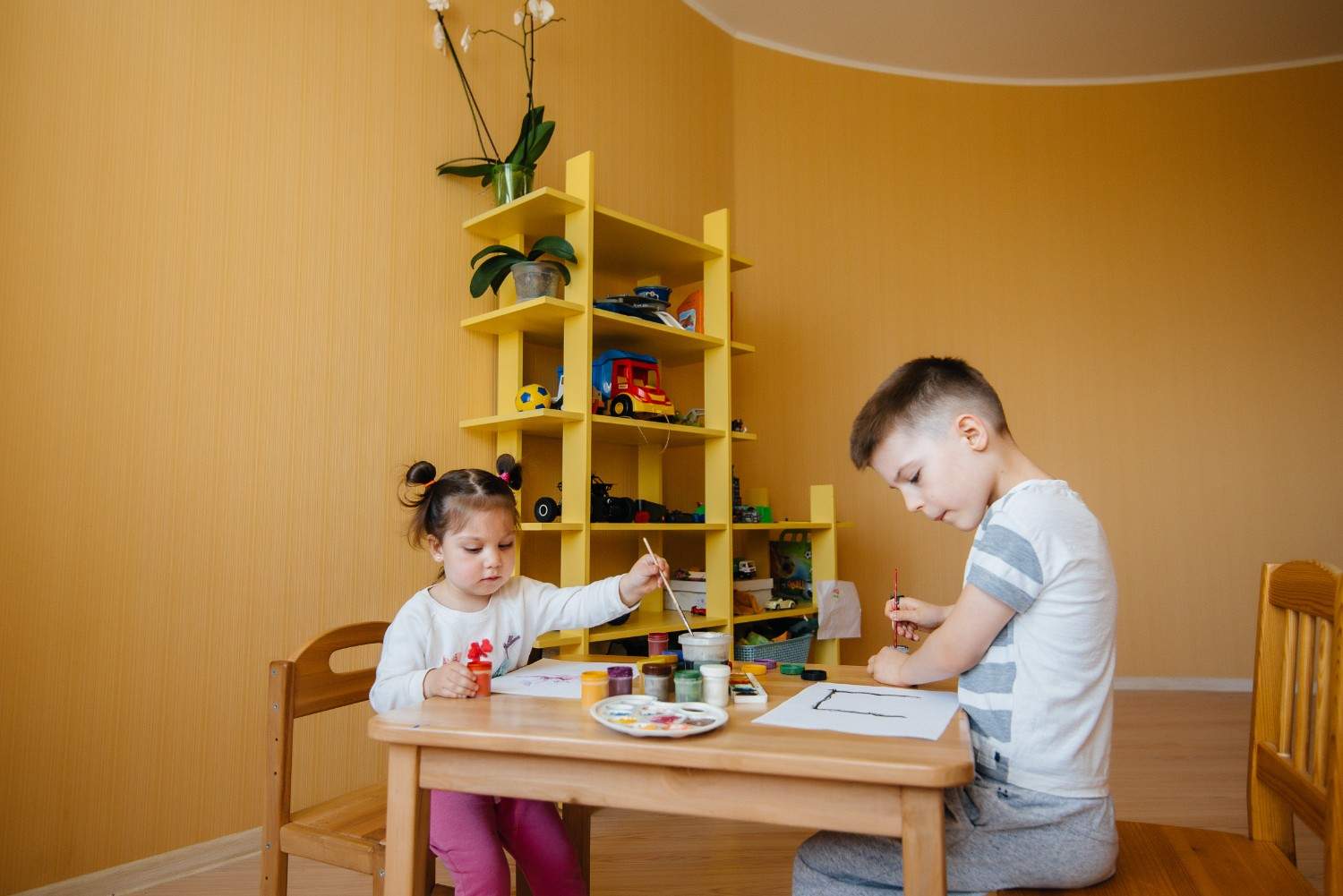
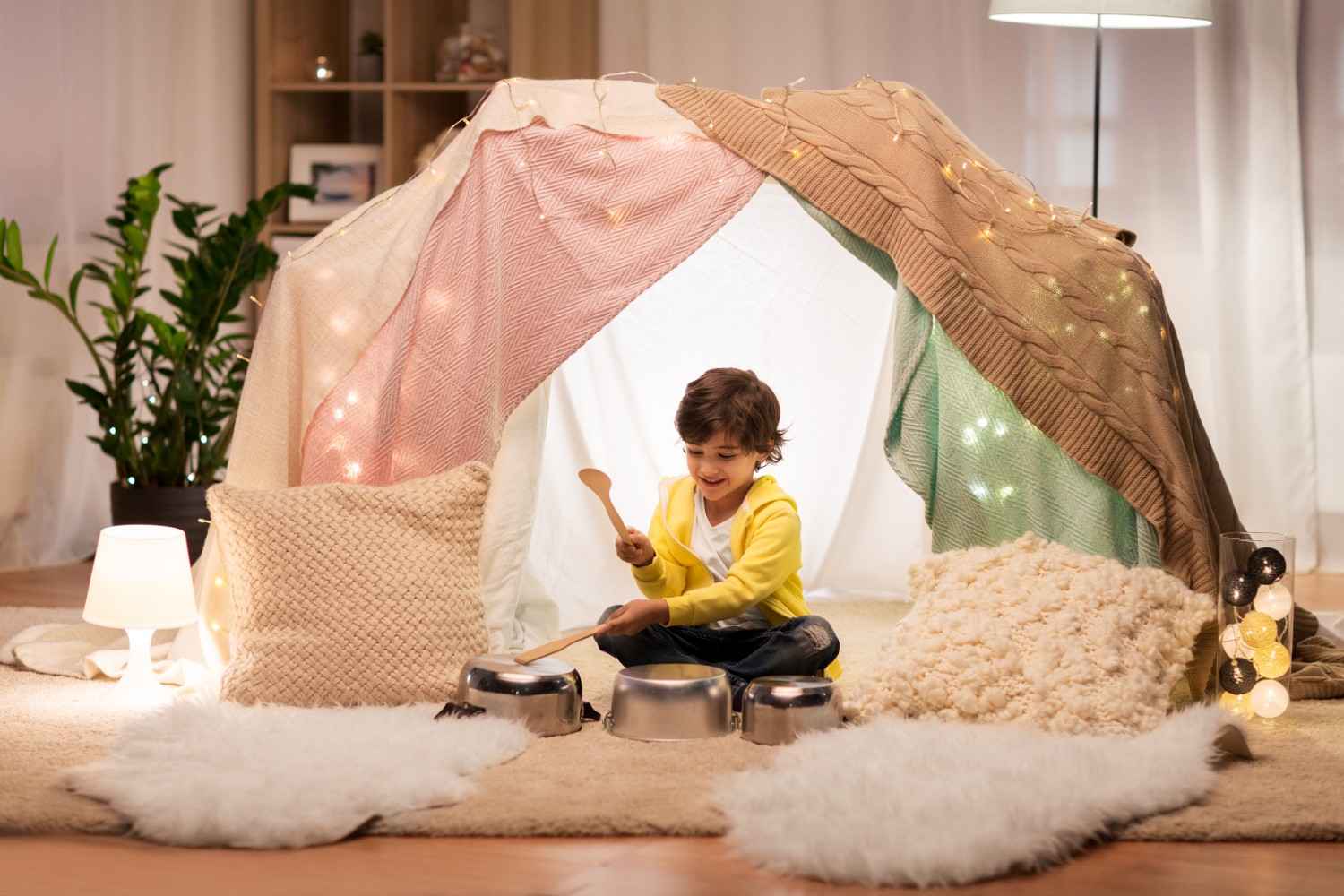
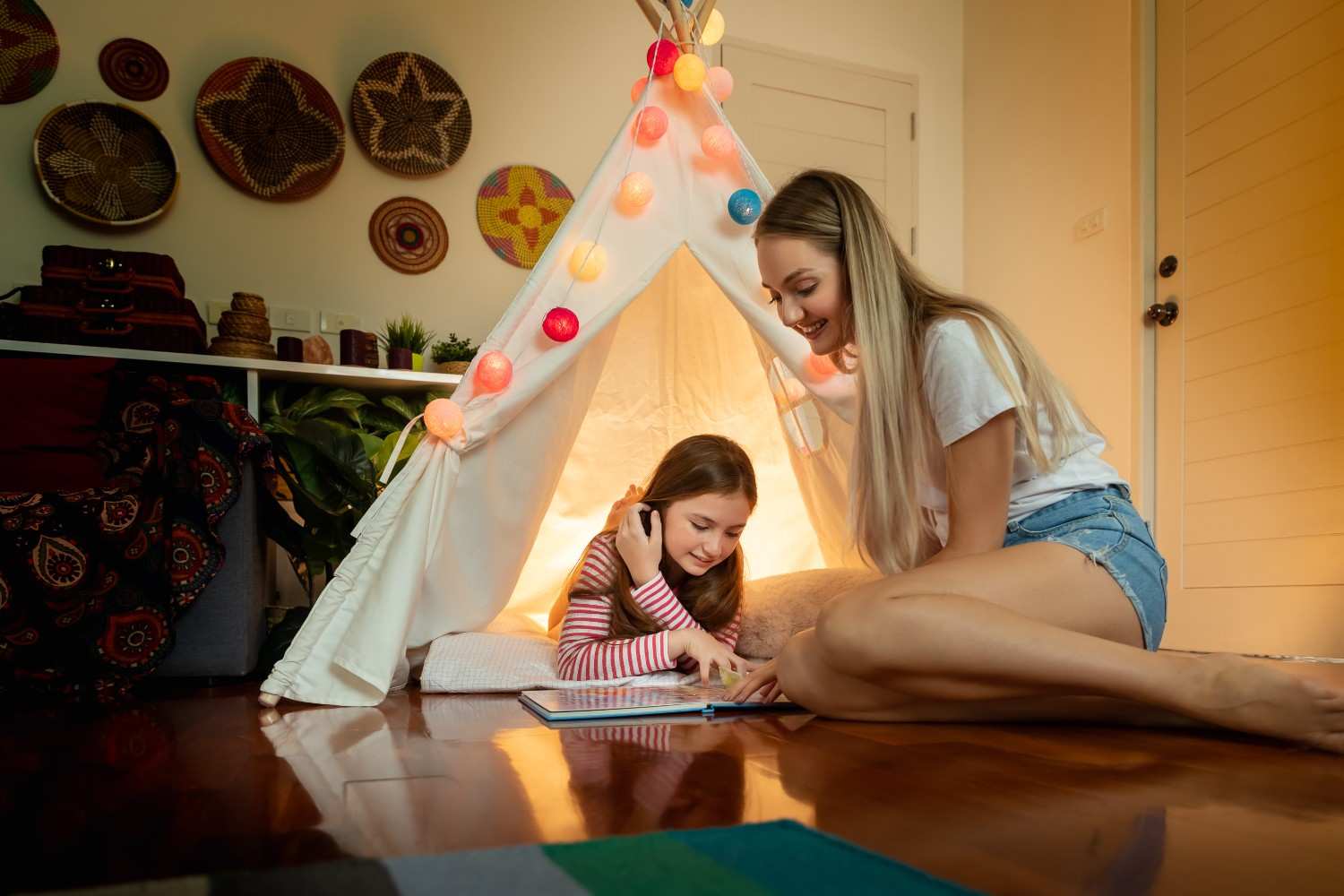
Key Elements of a Kid-Friendly Home
Let’s break down the critical aspects of creating a child-safe, yet stylish, living space.
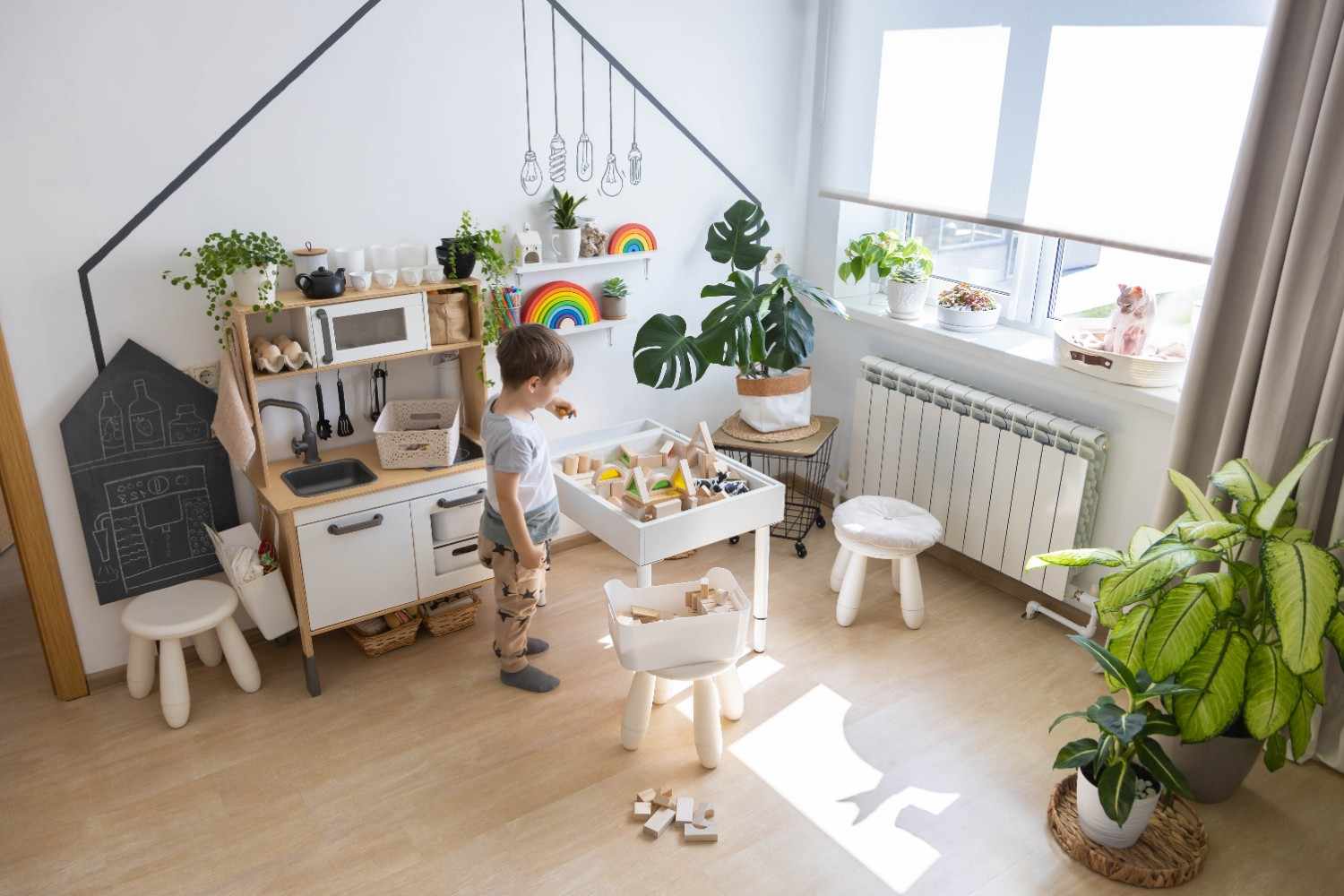
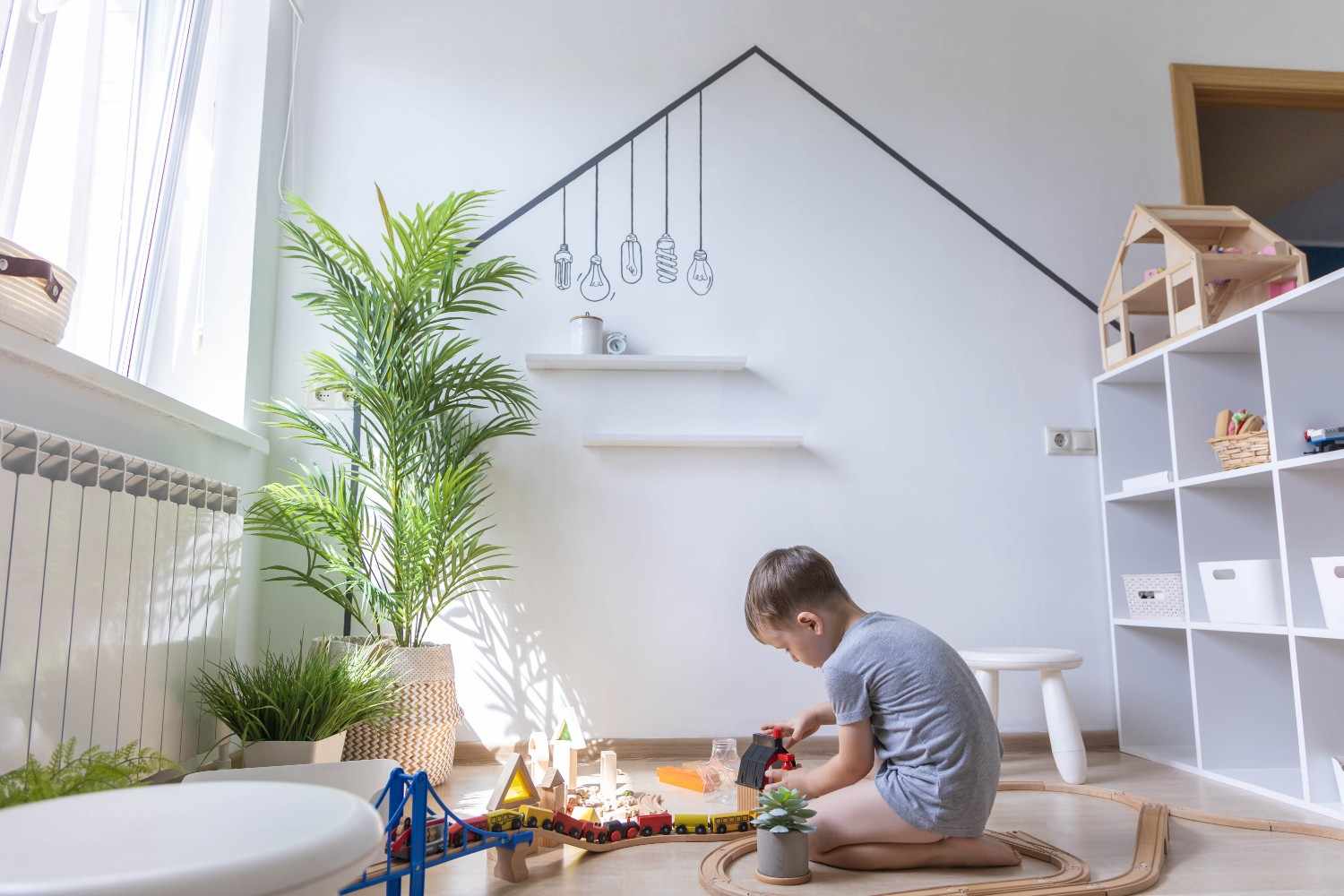

1. Prioritize Safety with Childproof Home Design
Safety is the top priority in any child-friendly home. Begin by searching around your space with a child’s eyes. Cover sharp edges on furnishings, use safety locks on cabinets, and anchor comfortable heavy items like bookshelves and TVs to the wall. Opt for toddler-secure fixtures made from non-toxic substances and keep away from something with small removable components that could be choking risks.
2. Choose Durable and Easy-to-Clean Materials
In a child-friendly house design, durability is key. Children may be messy, so search for substances that are robust and easy to clean. As an example, use washer-friendly paints on the walls, stain-resistant fabric on sofas, and laminate or vinyl flooring as opposed to delicate hardwood.
3. Create Dedicated Play Zones & Storage Solutions
A great way to keep your home tidy and functional is to have dedicated playroom design thoughts. Designate a place for toys and crafts, and use smart home storage for children like boxes, cabinets, and cubbies to keep the entirety organized. This not only effectively encourages children to clean up after playtime but also allows them to maintain an elegant home environment.
4. Incorporate Multi-Functional Furniture
While designing a kid-friendly home, space is often a subject. Multi-useful furniture pieces like beds with storage drawers, foldable tables, or benches that double as toy chests can help you maximize your living space without clutter.
5. Use Bright and Cheerful Colors
Colorings can significantly impact the mood of your home. Use shiny and cheerful shades in play areas to stimulate creativity and fun, while keeping living areas in softer, impartial tones for a calming effect. You could also use removable wallpaper or decals to add color without commitment.



6. Think About Lighting and Ventilation
Suitable lights and fresh air are important for any kid-friendly home. Natural light helps create a warm and welcoming area, so attempt to keep windows unobstructed. Use soft, adjustable lighting fixtures to create a comfortable environment for analyzing and playing.
7. Design Bedrooms That Develop Along With Your Child
A child-friendly home design must consider your child’s growth. Select furnishings and decor that may adapt over the years. For example, opt for beds that convert from cribs to toddler beds or use neutral bedding that can be accessorized with fun throws and pillows as tastes change.
8. Use Eco-Friendly and Non-Toxic Materials
Many parents are now choosing eco-friendly house materials to reduce exposure to dangerous chemicals. Look for paints classified as low VOC (volatile organic compounds), organic cotton fabrics, and sustainably sourced wood furnishings to keep your house safe and healthy.
9. Make Spaces Accessible and Comfortable
Make sure your house is simple for youngsters to navigate by the use of child-sized furnishings in some areas and maintaining essentials like books and toys within easy reach. This promotes independence and lets youngsters enjoy their space absolutely.
Pro Tips from Interior Designers for a Kid-Friendly Home
Smart layout reduces the need for synthetic lighting and cooling. Remember:
Kneel or sit to peer at the house from their eye level. You’ll be aware of capacity hazards and possibilities to create more secure, more engaging spaces.
Lay out cabinets, hooks, and storage boxes at child-peak. This encourages independence and helps them learn responsibility.
Examine daily conduct—where footwear is taken off, where homework is carried out—and place storage or furniture that helps those routines naturally.
Assign colors to every child or hobby (toys, books, clothes). It adds a fun, visible cue that also enables organization and learning.
Want Expert Help?
If you are planning your dream home and want expert support from one of the top architecture firms in Bangalore, get in touch with the LEAD team . We specialize in residential interior design that’s tailored for modern families
 logo.png)

